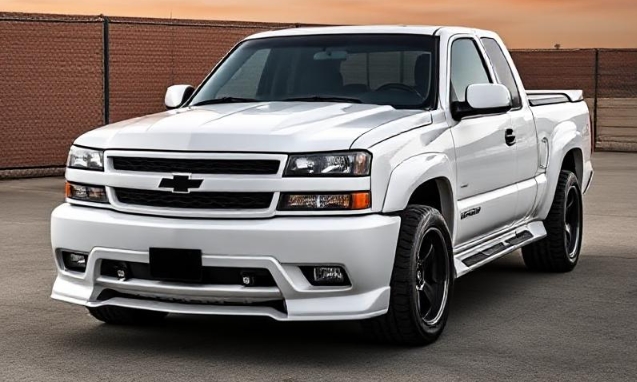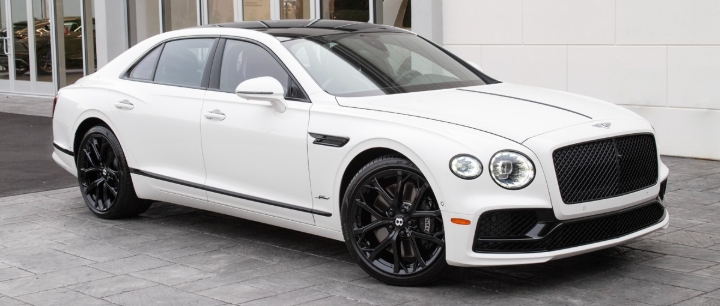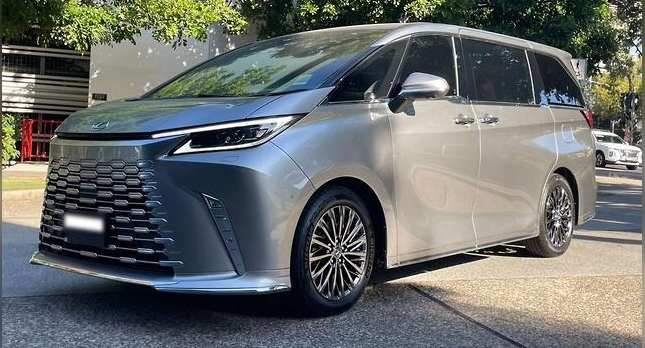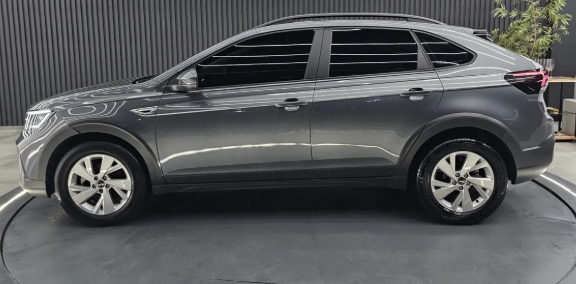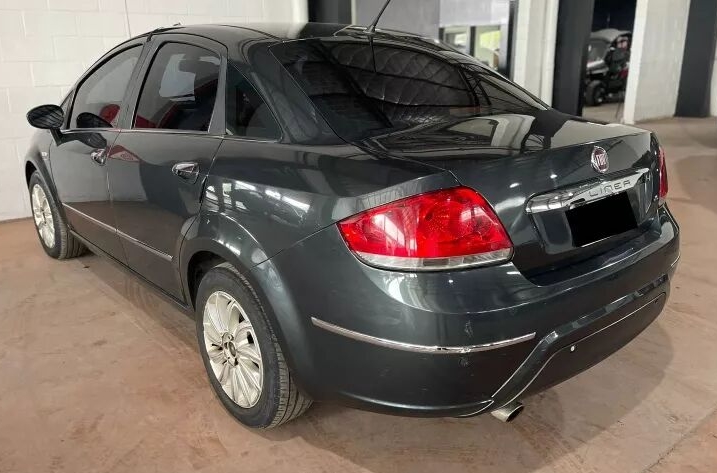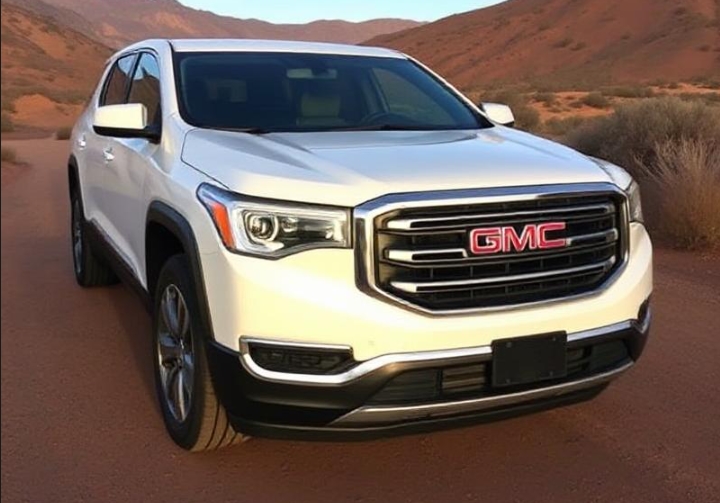The Evolution of the Hyundai Ioniq
The Hyundai Ioniq is a significant model in the automotive industry, representing Hyundai’s commitment to eco-friendly mobility and innovative technology. Since its debut, the Ioniq has undergone substantial evolution, reflecting advancements in hybrid and electric vehicle (EV) technology, design, and consumer preferences. This article provides a detailed, factual account of the Hyundai Ioniq’s development, covering its production years, various models, and trim levels.
Introduction and Background
Launched in 2016, the Hyundai Ioniq was introduced as a dedicated platform for hybrid, plug-in hybrid, and electric powertrains. It was designed from the ground up to maximize efficiency and aerodynamics, setting it apart from other models that often adapted existing platforms. The Ioniq’s name derives from “ion” (charged particles) and “unique,” emphasizing its focus on innovative, sustainable mobility.
The Ioniq was Hyundai’s answer to the burgeoning market for eco-friendly vehicles, competing with models like the Toyota Prius, Chevrolet Volt (later Bolt), and Nissan Leaf. It was part of Hyundai’s broader strategy to electrify its lineup and reduce emissions.
Hyundai Ioniq (First Generation): 2016–2022
Introduction and Launch (2016)
The first-generation Hyundai Ioniq was officially unveiled at the 2016 Seoul Motor Show and launched in select markets in 2016–2017. It was built on Hyundai’s new platform specifically engineered for electrification, enabling optimized aerodynamics, weight distribution, and efficiency.
Powertrain Variants
The Ioniq was offered in three primary powertrain configurations:
- Hybrid (HEV): The standard model combining a 1.56-liter four-cylinder gasoline engine with an electric motor.
- Plug-in Hybrid (PHEV): Similar to the hybrid but with a larger battery allowing for limited electric-only driving.
- Electric Vehicle (EV): Fully electric version with a dedicated platform.
Production Years
- Production Start: 2016
- Discontinued: 2022 (replaced by newer models)
Models and Trim Levels
Throughout its first generation, the Ioniq’s trim levels varied by market but typically included:
- SE: Base trim, offering essential features.
- SEL: Mid-level, adding features like upgraded interior, infotainment, and driver assistance.
- Limited: Top-tier trim with premium amenities, advanced safety features, and luxury touches.
In some markets, additional trims or packages were available, such as:
- Eco: Highlighting efficiency and eco-friendly features.
- Ultimate: The highest trim, with comprehensive features.
Key Features and Specifications
- Hybrid (HEV): Approximately 139 horsepower, combined fuel efficiency of around 55–58 mpg (miles per gallon) combined, and a 1.56L Atkinson-cycle engine paired with a 43 hp electric motor.
- Plug-in Hybrid: Larger battery (8.9 kWh), electric-only range of about 25–29 miles, total system output around 139 horsepower.
- Electric (EV): Initially equipped with a 28 kWh battery, offering a range of approximately 124 miles (WLTP). Later models increased battery capacity to 38.3 kWh, boosting range to about 170 miles.
Hyundai Ioniq (Second Generation): 2022–Present
Introduction of the New Generation (2022)
Hyundai unveiled the second-generation Ioniq in 2021, with production commencing in 2022. The new Ioniq represents a significant redesign, embracing a more modern aesthetic, enhanced technology, and improved efficiency.
The second-generation Ioniq is distinct from the Ioniq 5, Hyundai’s dedicated EV platform, although the two models share similarities and branding strategies.
Powertrain Options
The latest Ioniq continues to offer multiple powertrain variants:
- Hybrid (HEV): Now with improved efficiency and performance.
- Plug-in Hybrid (PHEV): Enhanced electric range.
- Electric (EV): Fully electric with higher battery capacity and range.
Models and Trim Levels
The 2022+ Ioniq has been offered in various trims, which may include:
- SE: Entry-level with essential features.
- SEL: Mid-range with additional comfort and tech features.
- Limited: Fully loaded with premium features.
- N Line: Sportier trim available in some markets, emphasizing dynamic styling and performance.
Specific features vary by region but generally include:
- Advanced driver-assistance systems (ADAS)
- Modern infotainment systems with large touchscreens
- Premium interior materials in higher trims
- Enhanced aerodynamics and new exterior styling
Powertrain & Specifications (as of 2023)
- Hybrid: 1.6-liter gasoline engine paired with an electric motor, total output around 139 horsepower, with fuel economy improving to approximately 58–60 mpg.
- PHEV: 13.8 kWh battery, electric-only range of approximately 29–33 miles.
- EV: Equipped with a 64.8 kWh battery, offering an estimated range of about 240–250 miles (WLTP), a significant improvement over the first generation.
Technological and Design Evolution
Over the years, the Hyundai Ioniq has seen notable improvements in technology and design, reflecting broader automotive trends:
- Aerodynamics: The first-generation Ioniq had a drag coefficient of approximately 0.24, one of the lowest for non-luxury vehicles, emphasizing efficiency. The second generation continues this trend with sleek, modern styling and improved aerodynamics.
- Interior: Transition from functional to more refined, with larger screens, digital instrument clusters, and quality materials.
- Safety: Progressive addition of safety features like autonomous emergency braking, lane-keeping assist, adaptive cruise control, and blind-spot monitoring.
- Charging: The EV versions have adopted faster charging capabilities, with some models supporting 100 kW or higher charging rates.
.
RepairSurge Online Repair Manuals Replace Bulky Books With Reliable Digital Information!
Faster And Cheaper Than Traditional Printed Manuals, Users Get Instant Access To The Repair Information They Need For Any Car, Truck, Van or SUV:
.
Market Presence and Impact
The Hyundai Ioniq’s introduction marked Hyundai’s serious entry into the hybrid and EV markets. Its early focus on efficiency and affordability helped it gain popularity among environmentally conscious consumers.
In 2019, Hyundai announced that the Ioniq would be discontinued in favor of a dedicated EV lineup, including the Ioniq 5, an all-electric crossover with a modern, retro-futuristic design. Despite this, the Ioniq nameplate continues in some markets for hybrid and plug-in hybrid variants.
Summary of Key Model Years and Features
| Year | Model / Generation | Key Features & Notes |
|---|---|---|
| 2016 | First Generation | Launch of hybrid, PHEV, EV; aerodynamic design; trim levels: SE, SEL, Limited |
| 2017–2018 | First Generation | Incremental improvements; battery capacity upgrades for EV; enhanced safety features |
| 2019 | First Generation | Introduction of larger battery (38.3 kWh) for EV; improved range; new trims |
| 2020 | First Generation | Continued refinement; technology updates; optional features expanded |
| 2021 | Last model year of first-gen | Final updates before discontinuation; focus on efficiency |
| 2022 | Second Generation | Redesigned with modern styling; new technology; improved range and efficiency; trims: SE, SEL, Limited, N Line |
Conclusion
The Hyundai Ioniq has played a pivotal role in Hyundai’s electrification journey. From its debut in 2016 to its latest iteration in 2022, it has evolved from a pioneering hybrid to a versatile, technologically advanced platform supporting hybrid, plug-in hybrid, and full electric variants. Its focus on aerodynamics, efficiency, and modern design has helped solidify Hyundai’s reputation as a key player in eco-friendly mobility.
As Hyundai continues to expand its electric and hybrid offerings, the Ioniq name remains a testament to the brand’s commitment to innovative, sustainable transportation solutions. Future models are expected to build on this legacy, integrating even more advanced technology, longer range, and greater affordability.


